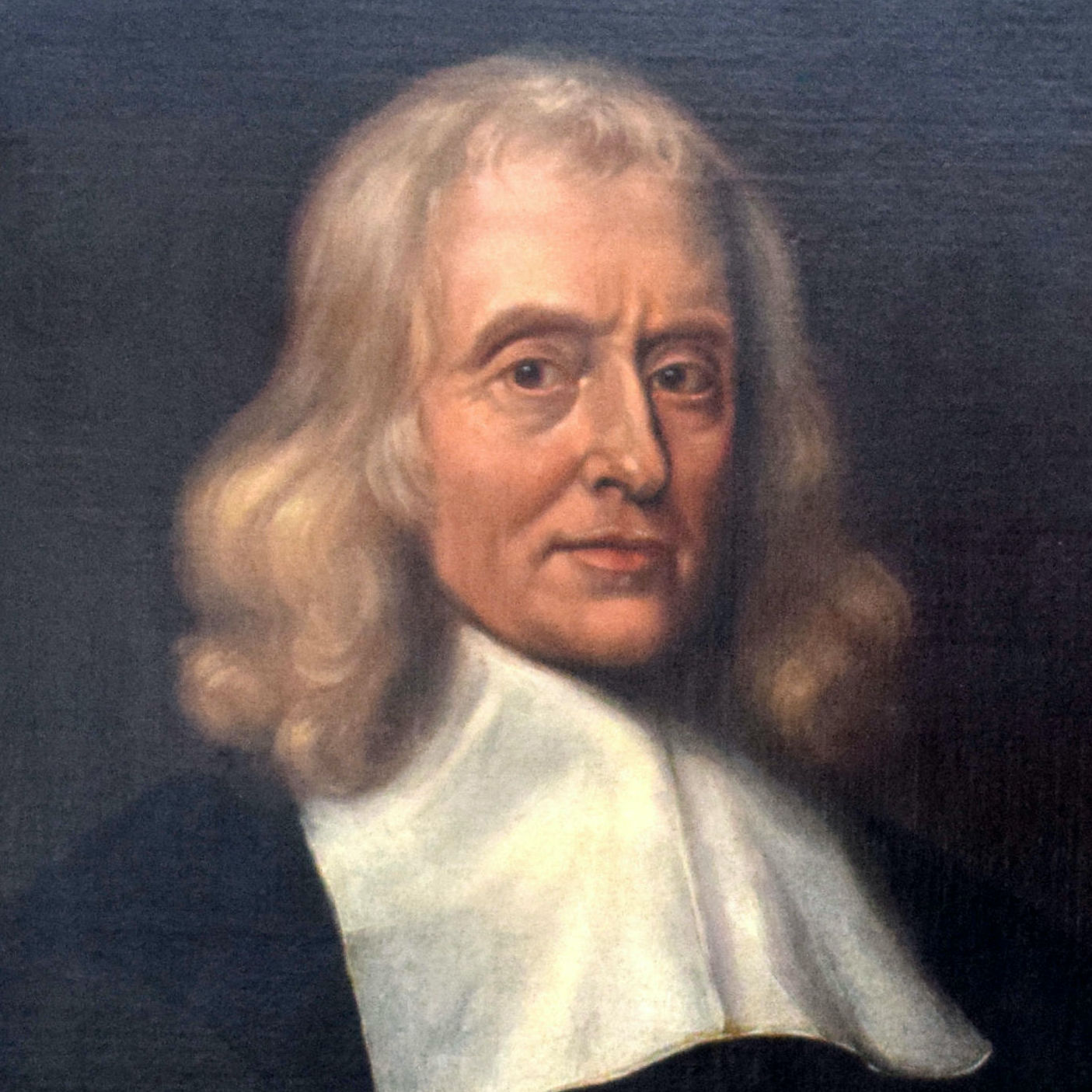As I bent down to look, just opposite,
A Shape within the wat’ry gleam appeerd
Bending to look on me, I started back,
It started back, but pleased I soon returned,
Pleased it returned as soon with answering looks
Of sympathy and love; there I had fixed
Mine eyes till now, and pined with vain desire,
Had not a voice thus warned me, ‘What thou seest,
What there thou seest fair creature is thyself,
With thee it came and goes: but follow me,
And I will bring thee where no shadow stays
Thy coming, and thy soft embraces, he
Whose image thou art, him thou shall enjoy
Inseparably thine, to him shalt bear
Multitudes like thyself, and thence be call'd
Mother of human Race:’ what could I do,
But follow straight, invisibly thus led?
Till I espied thee, fair indeed and tall,
Under a platan, yet methought less fair,
Less winning soft, less amiably mild,
Then that smooth watry image; back I turned,
Thou following cried'st aloud, ‘Return fair Eve,
Whom fli'st thou? whom thou fli'st, of him thou art,
His flesh, his bone; to give thee being I lent
Out of my side to thee, nearest my heart
Substantial Life, to have thee by my side
Henceforth an individual solace dear;
Part of my Soul I seek thee, and thee claim
My other half:’ with that thy gentle hand
Seized mine, I yielded, and from that time see
How beauty is excelled by manly grace
And wisdom, which alone is truly fair.
Published:
1667
Length:
Regular
Literary Movements:
English Renaissance
Anthology Years:
2020
Themes:
Love & Relationships
Womanhood
Literary Devices:
Alliteration
the repetition of the same letter or sound at the beginning of words appearing in succession
Anaphora
a figure of speech in which words repeat at the beginning of successive clauses, phrases, or sentences
Epistrophe
the repetition of a word or phrase at the end of successive clauses
Iambic Pentameter
a line of verse composed of five iambs– an unstressed syllable followed by a stressed syllable (u / u / u / u / u /) commonly used in the Renaissance period
Media Res
a literary work that begins in the middle of the action (from the Latin “into the middle of things)
Repetition
a recurrence of the same word or phrase two or more times
Rhetorical Question
a question asked for effect, not necessarily to be answered

